In a recent interview with Matteo Watzky and Dimitri Seraki from Full Frontal, acclaimed anime director Goro Taniguchi shared insights into the initial plot idea of Code Geass anime and the challenge it faced before it became a cult classic.
It appears that, what has come to be known as the fan-favourite classic, Code Geass, today, was not even close to what was originally planned, let alone pitched to the TV stations.
We’ve broken down the topics for the readers to easily navigate through the insights shared by Goro Taniguchi:
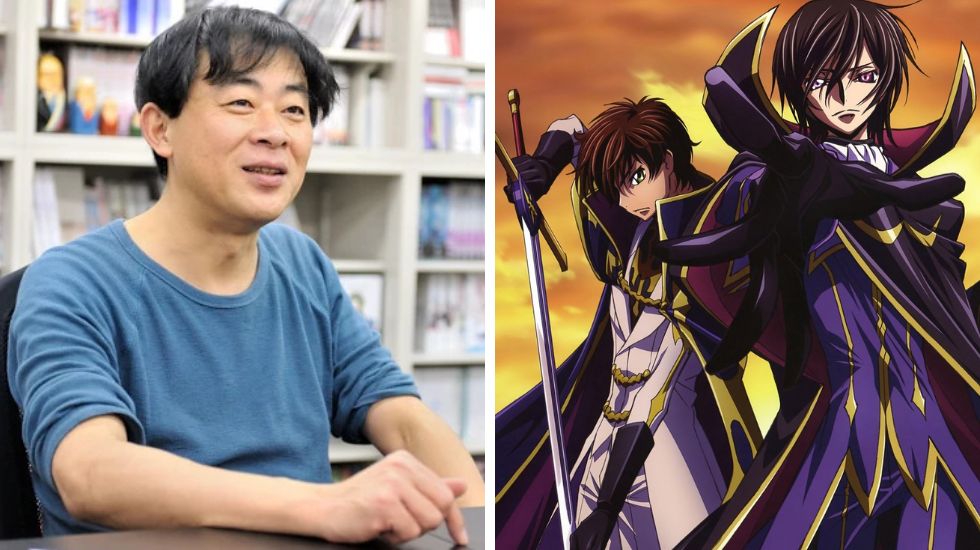
Regarding the initial plot idea:
According to Taniguchi, the initial plot of the series was set in a military school within a dictatorial regime, where two young boys form a friendship. However, one of them falls victim to repeated abuse by a teacher.
Fuelled by a desire for revenge, the boys plan on killing him. But quickly realize that such an act would lead to their execution. In order to evade such consequences, they plan ways to either rise in ranks to execute him without any repercussions, or to send to a battlefield where his demise is inevitable.
“There’s this military school in some military dictatorship, where two young boys become friends. But one of them is raped multiple times by a teacher, and they plan to kill him. But of course, if they did that they’d be executed, so they start thinking about what they can do. They could either try to get some ability, or rise up the ranks so high that they could just kill him without consequences or send him to some battlefield where he’d be sure to die. That’s more-or-less what it was like.“
Regarding the originally planned setting:
In addition to revealing the initial plot idea, he also shared what could’ve been the setting of setting of the series, which involved a completely different planet.
However, he completely scrapped the idea fearing that the Japanese audience might not watch it. Ultimately, the decision was made to place the series in Japan.
“Also, there’s the fact that we had the show take place on Earth. At first I wanted to have it happen on a completely different planet, but even if foreigners watched it, I was afraid the Japanese wouldn’t because it’d have become science-fiction. So instead we decided to make it happen in Japan. For the antagonists, we thought about Australia or Africa, but America was easier to understand for Japanese audiences, so we decided they’d come from there. But just making it Japan against the US would have been no fun, so we decided to have the English invade America. Before that I thought about Spain or Portugal, that it might be funny if they had conquered America. Hopefully the English got the joke.“
The journey of Code Geass from an initially rejected project to becoming cult classic:
Surprisingly, Goro Taniguchi was not a part of the project at first. The producers of Planetes, Mr. Yukawa and Mr. Kawaguchi, initially discussed it with the series writer, Okouchi. Taniguchi was brought into the project later during a busy period at the final stage of Planetes production.
While the idea was met with enthusiasm, leading Taniguchi to promptly assembled a team, where Okuchi and he started writing plot drafts, their initial pitch was rejected in favour of a project from Studio Bones despite their best efforts.
“Actually, it started without me. The producers of Planetes, Mr. Yukawa and Mr. Kawaguchi, first talked about it with Ōkouchi. It was around the end of Planetes’ production, and things were getting pretty busy on my end. And so, during one of the last mixing sessions, Kawaguchi came to see me during the break because he had something to talk about, and what he talked to me about would become Code Geass. I took the order and started gathering people. Ōkouchi and I started writing plot drafts and did all kinds of meetings for some time. At the end, Ōkouchi brought all of that together in a single document for TV stations, which Yukawa and Kawaguchi went to present. And as our hopes were at their highest, they came back to tell us it didn’t work out and that we had lost to another project. There had been two projects in competition: ours and one brought by studio Bones. We lost to that one.“
However, they decided to give Code Geass another shot, this time in a late-night time slot. Okouchi initially contemplated scrapping the project entirely, but due to the commitment of the staff involved, including renowned creators like CLAMP, Taniguchi pressed for the project’s continuation.
“Since we had lost, it was decided to retry it on a late-night slot. But Ōkouchi thought he couldn’t meet the producer’s expectations in such conditions, so he wanted to scrap it, pretend it had never happened. But I had already gathered many people, including CLAMP, so my position was a bit delicate…“
Okouchi eventually came around, The project was reworked, leading to the Code Geass series that fans know today.
“Also, as a director, you have to take care of your own staff. The project hadn’t worked out, but I still had to give them some work, because it’s my job to support them, help them earn their bread. I had brought staff from my previous work Gun X Sword like Takahiro Kimura, Kenji Teraoka and Reiko Iwasawa, to work on this, and I couldn’t just leave them hanging, so in the end Ōkouchi agreed to stay. We reworked the project and it became the Code Geass we know today.“
Note: You can read the full interview by clicking on the source link below.
Source: Full Frontal











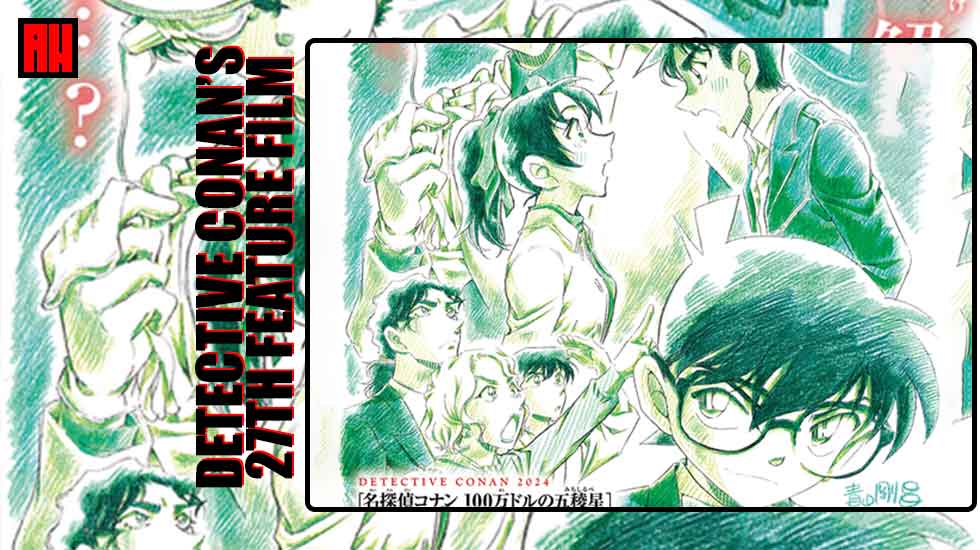
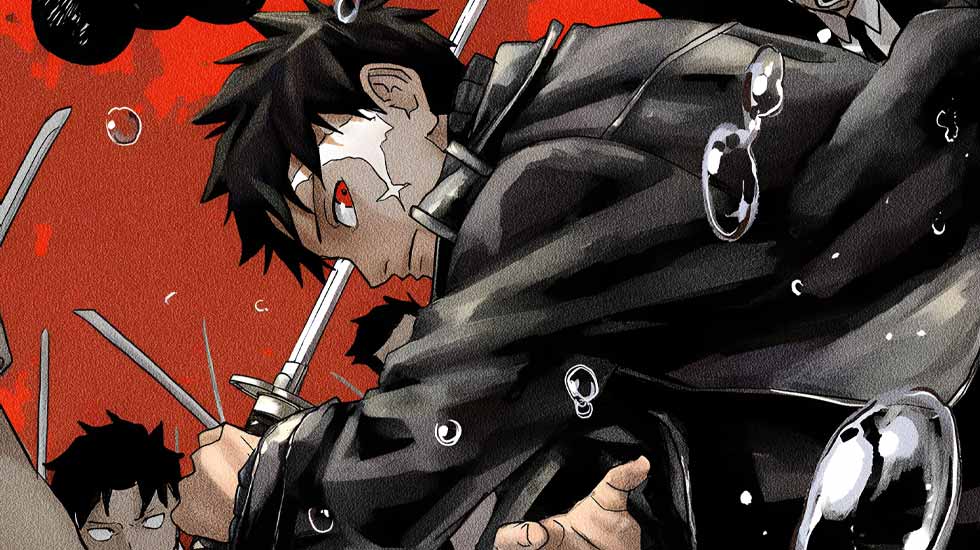
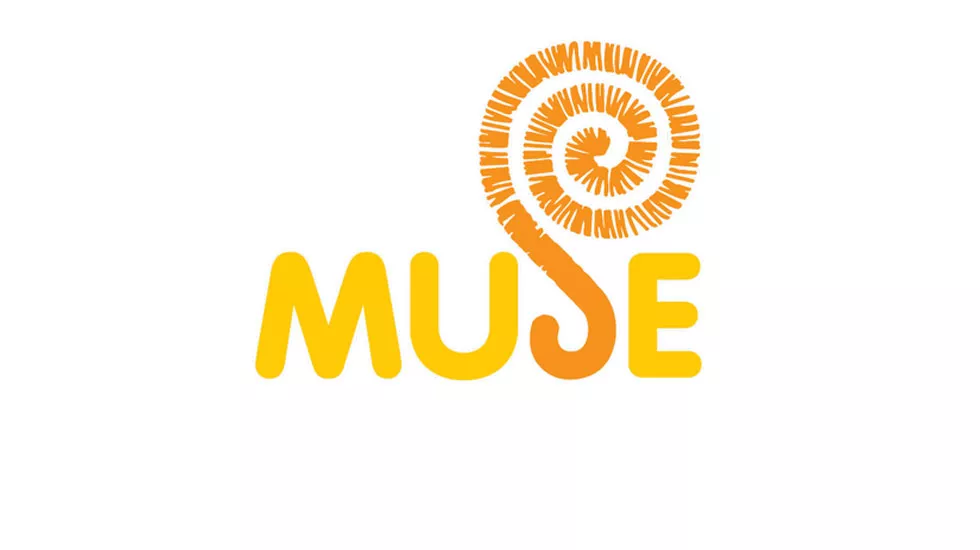

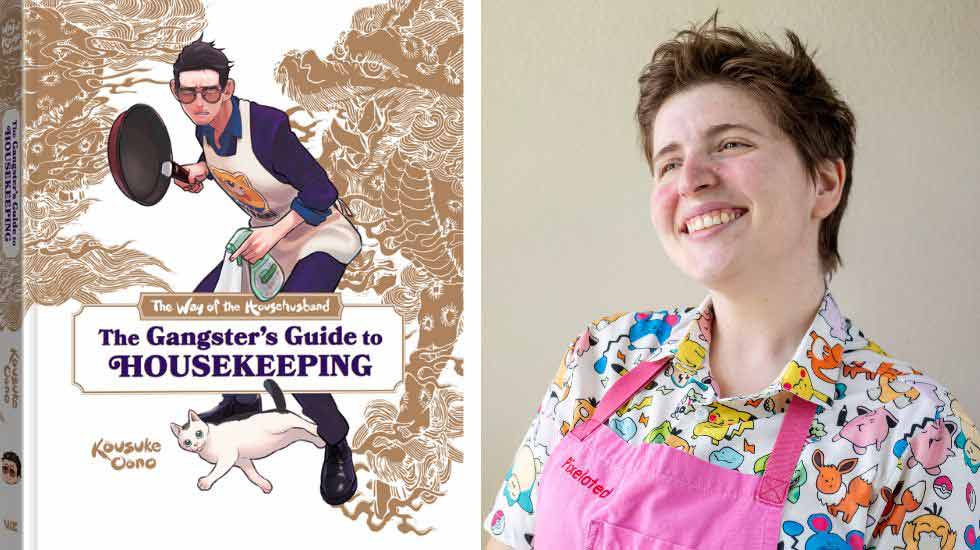
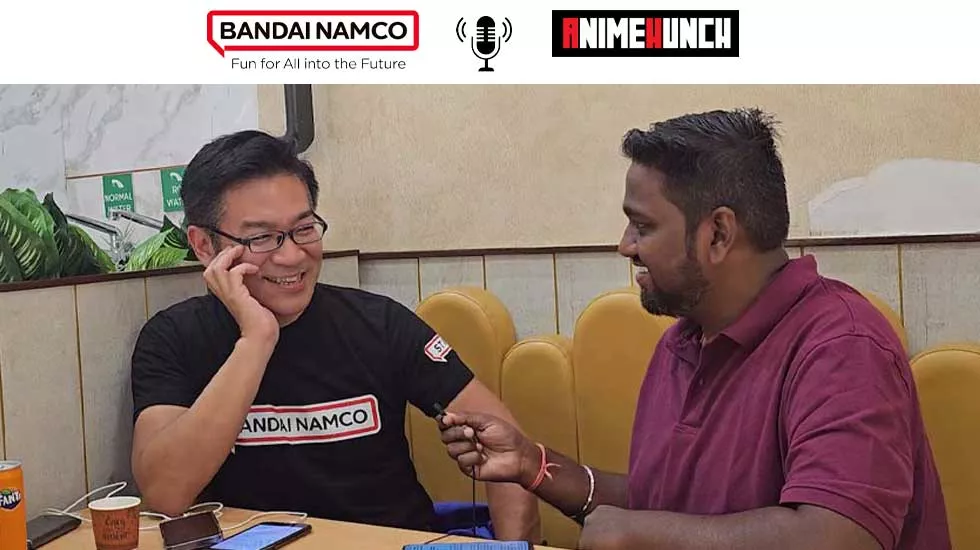



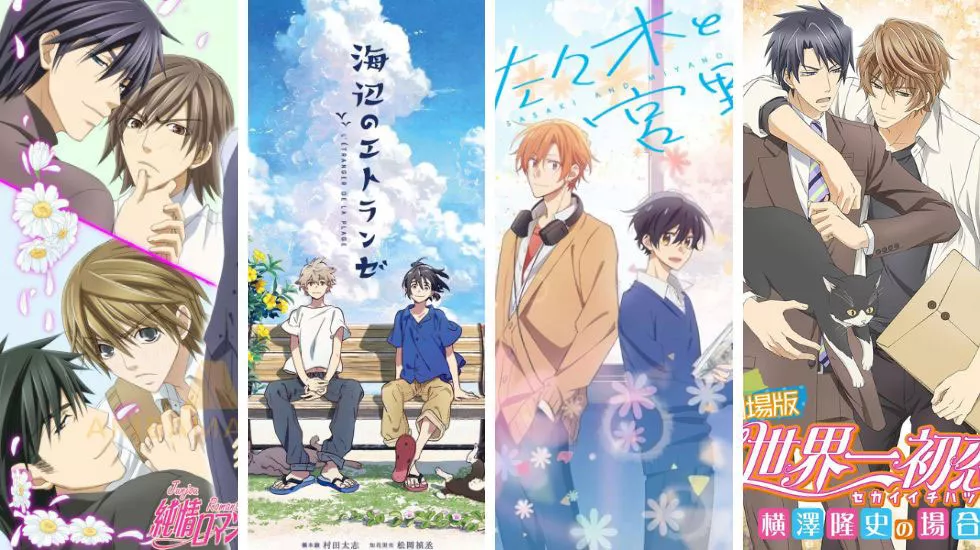


Its* original production. His, hers, its. How’d you let that slide in the title of all places? Smh